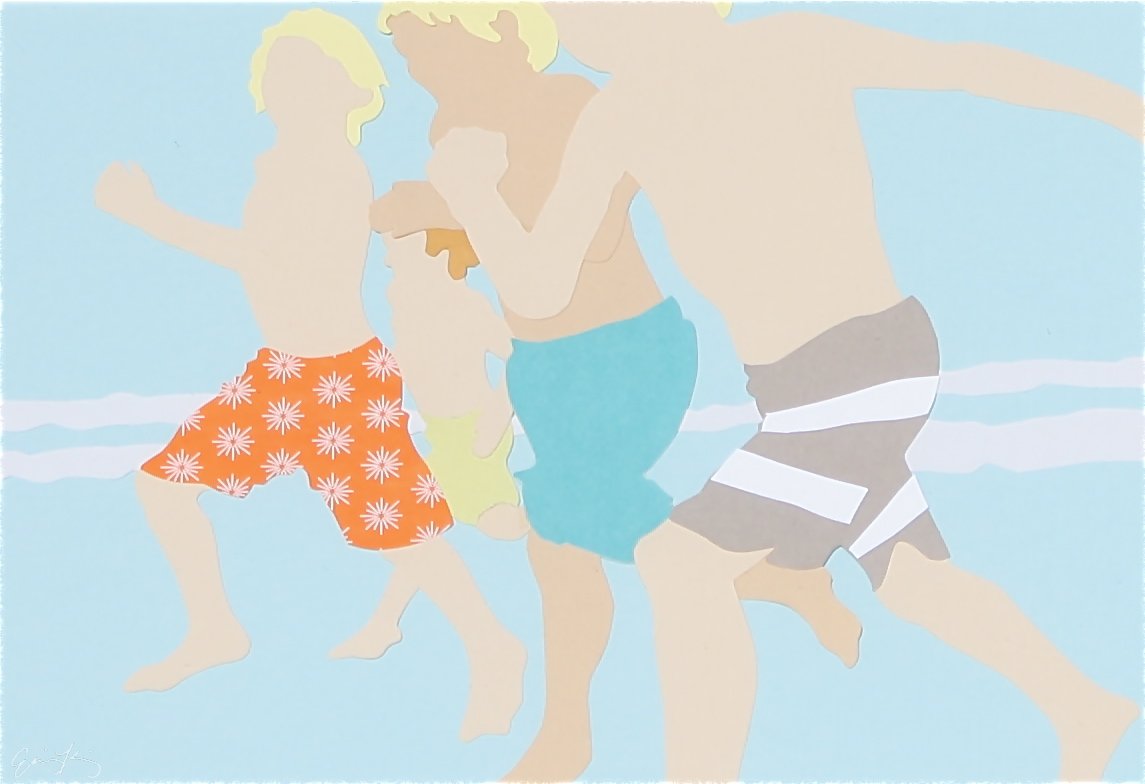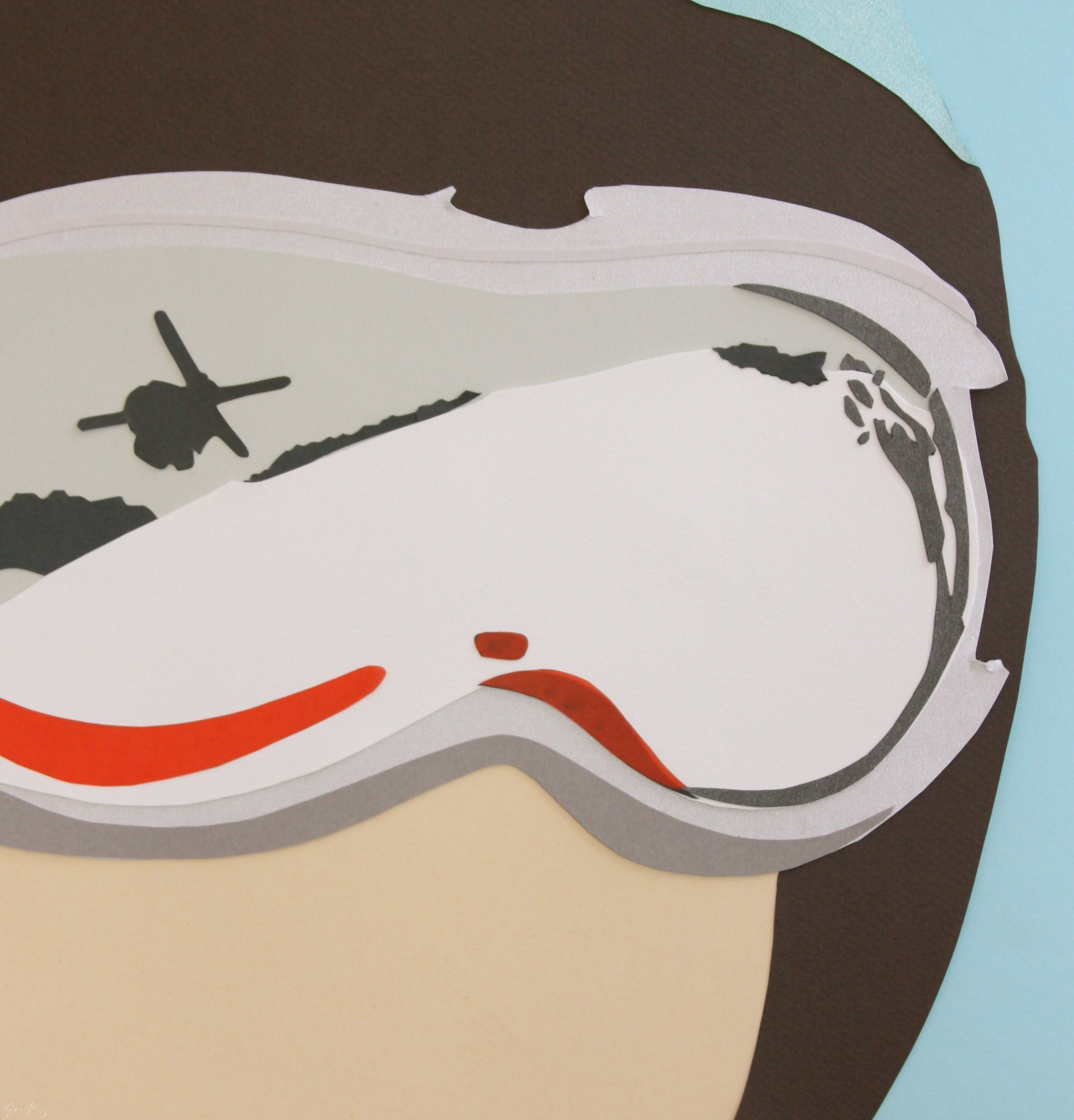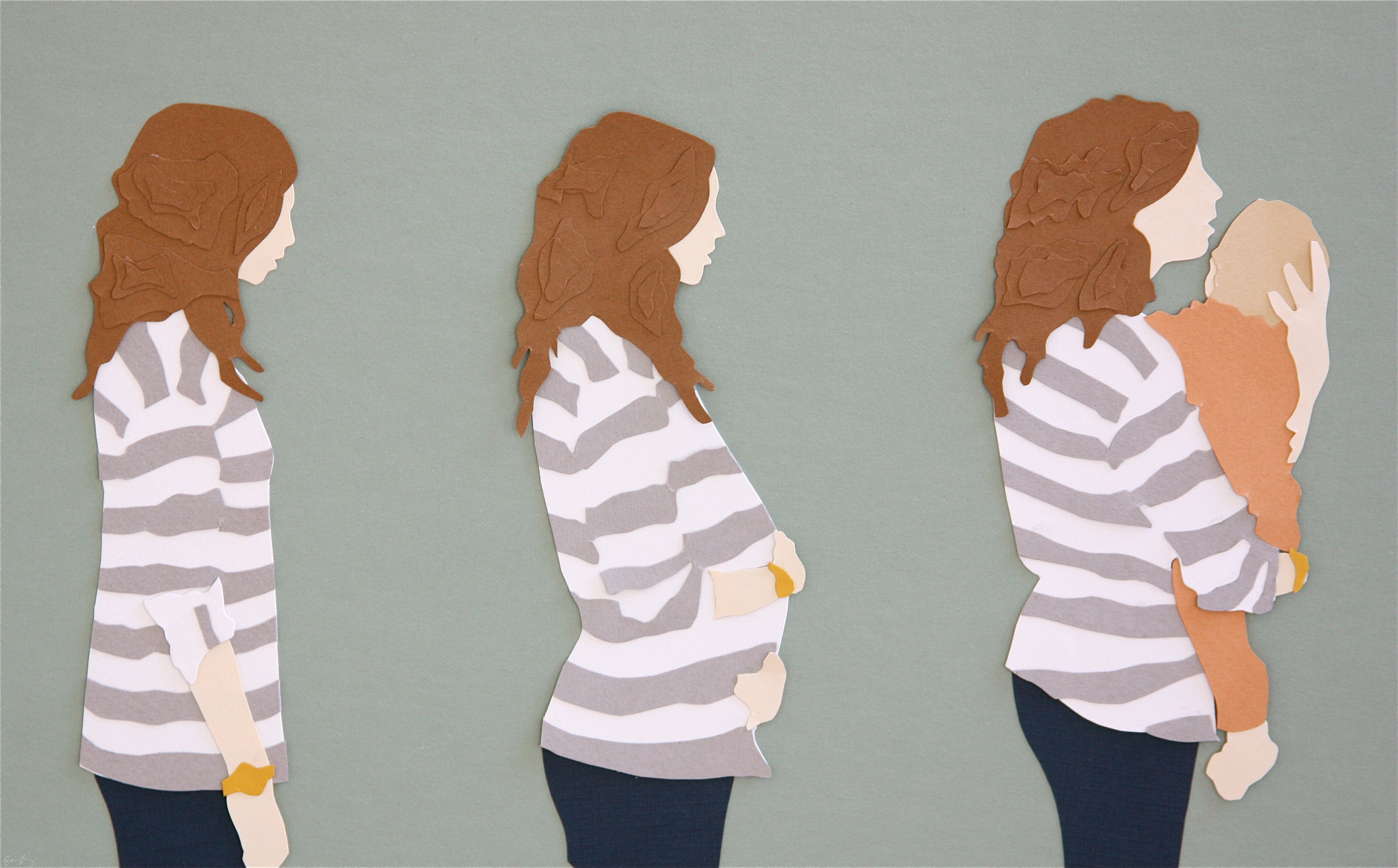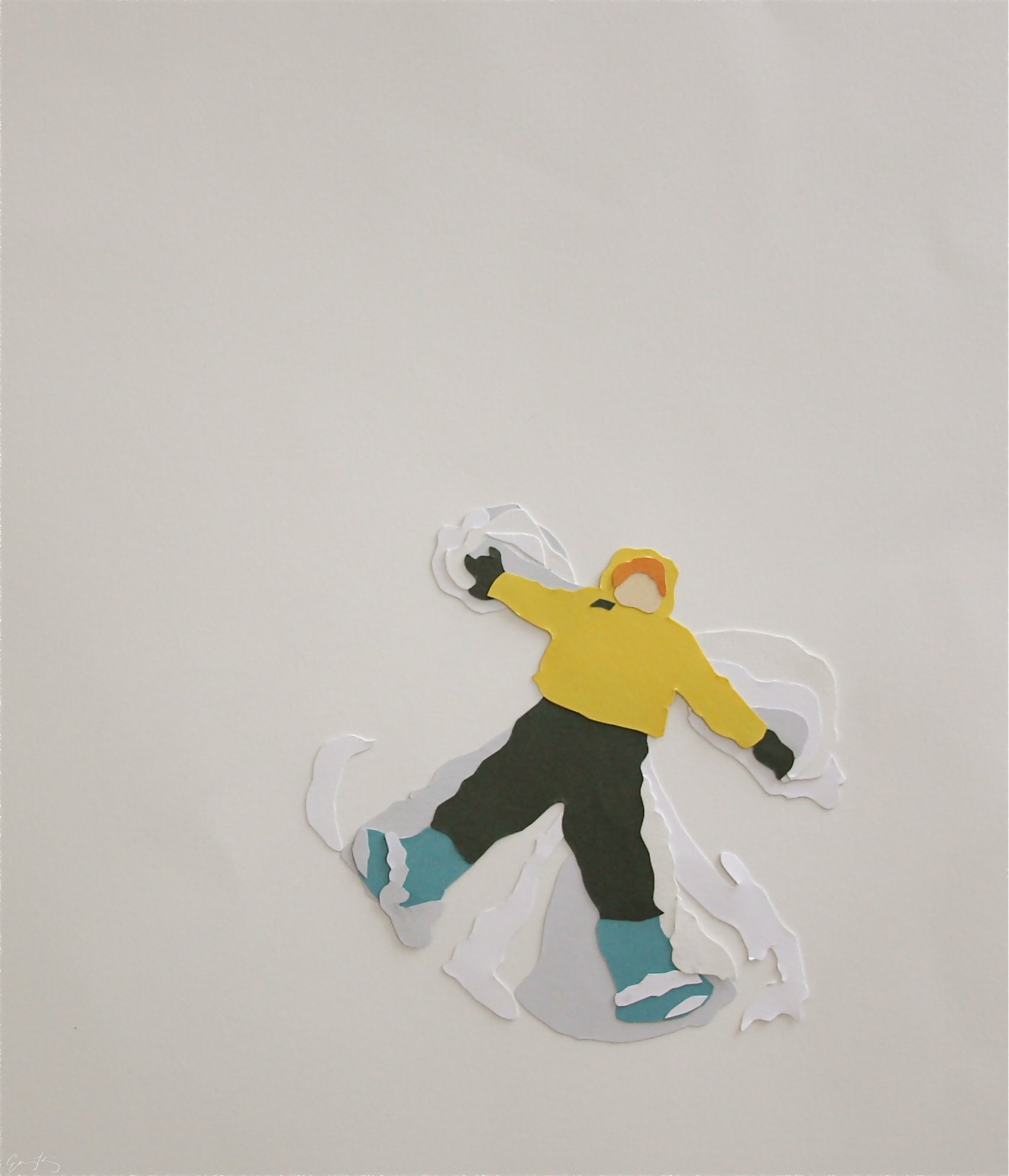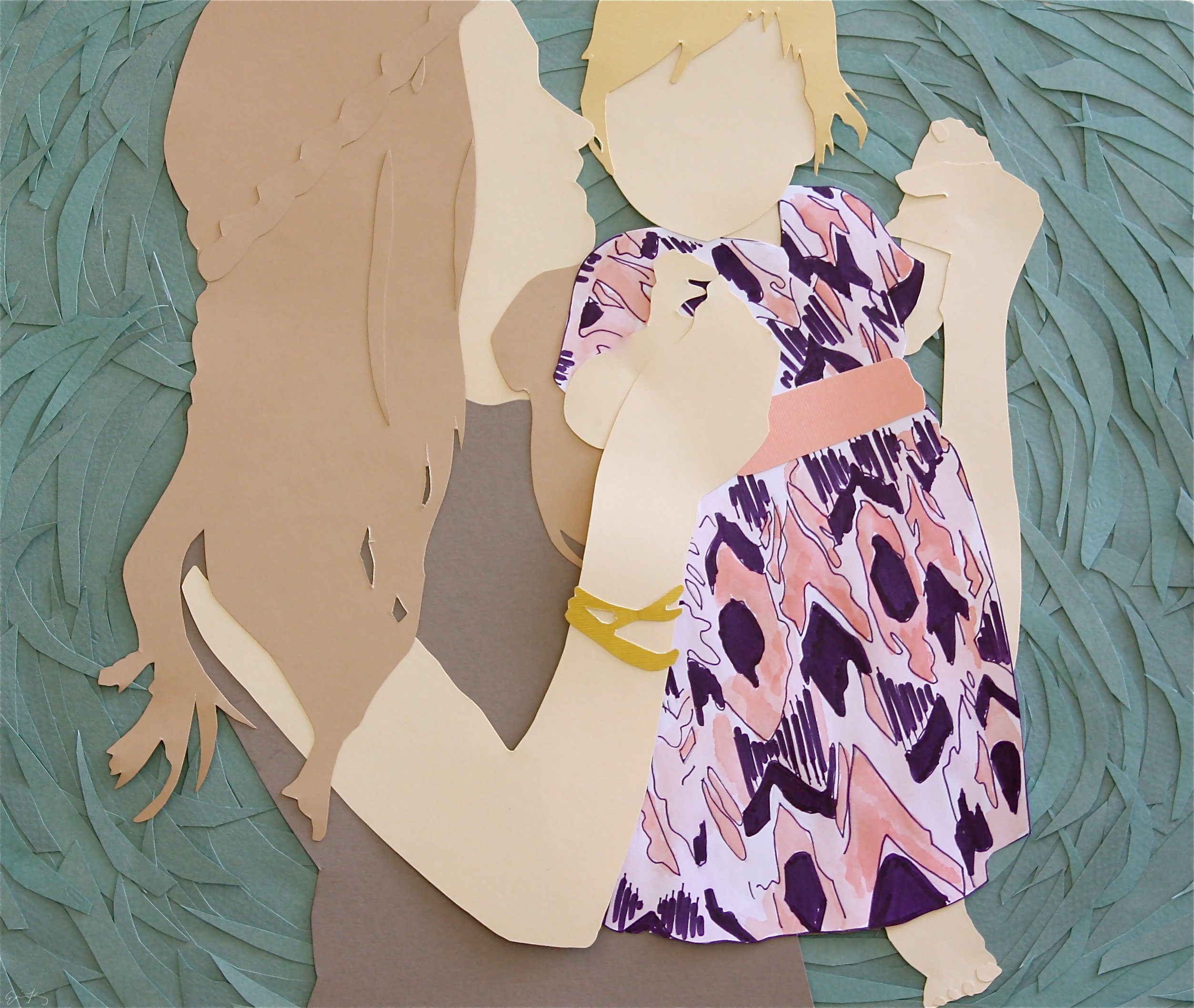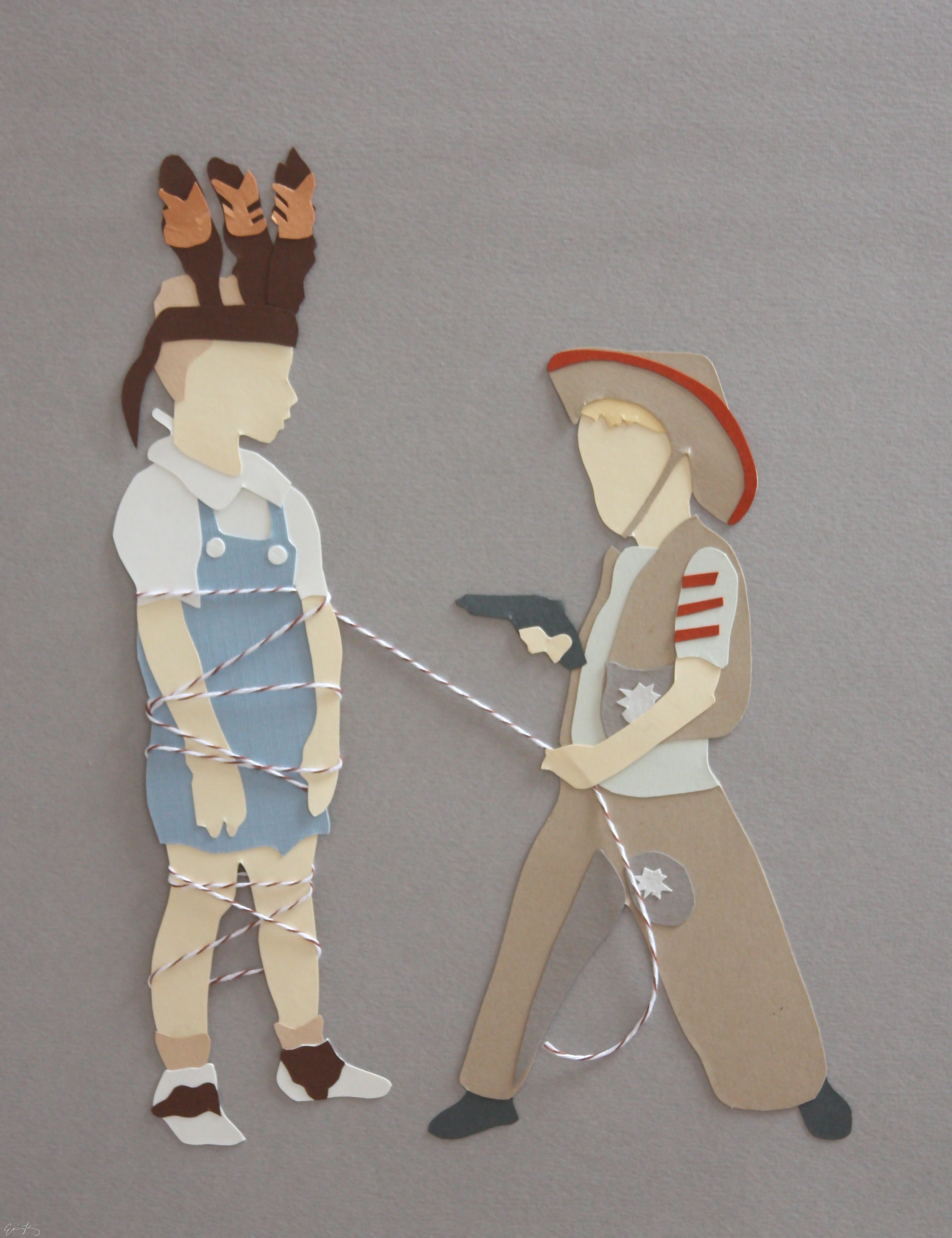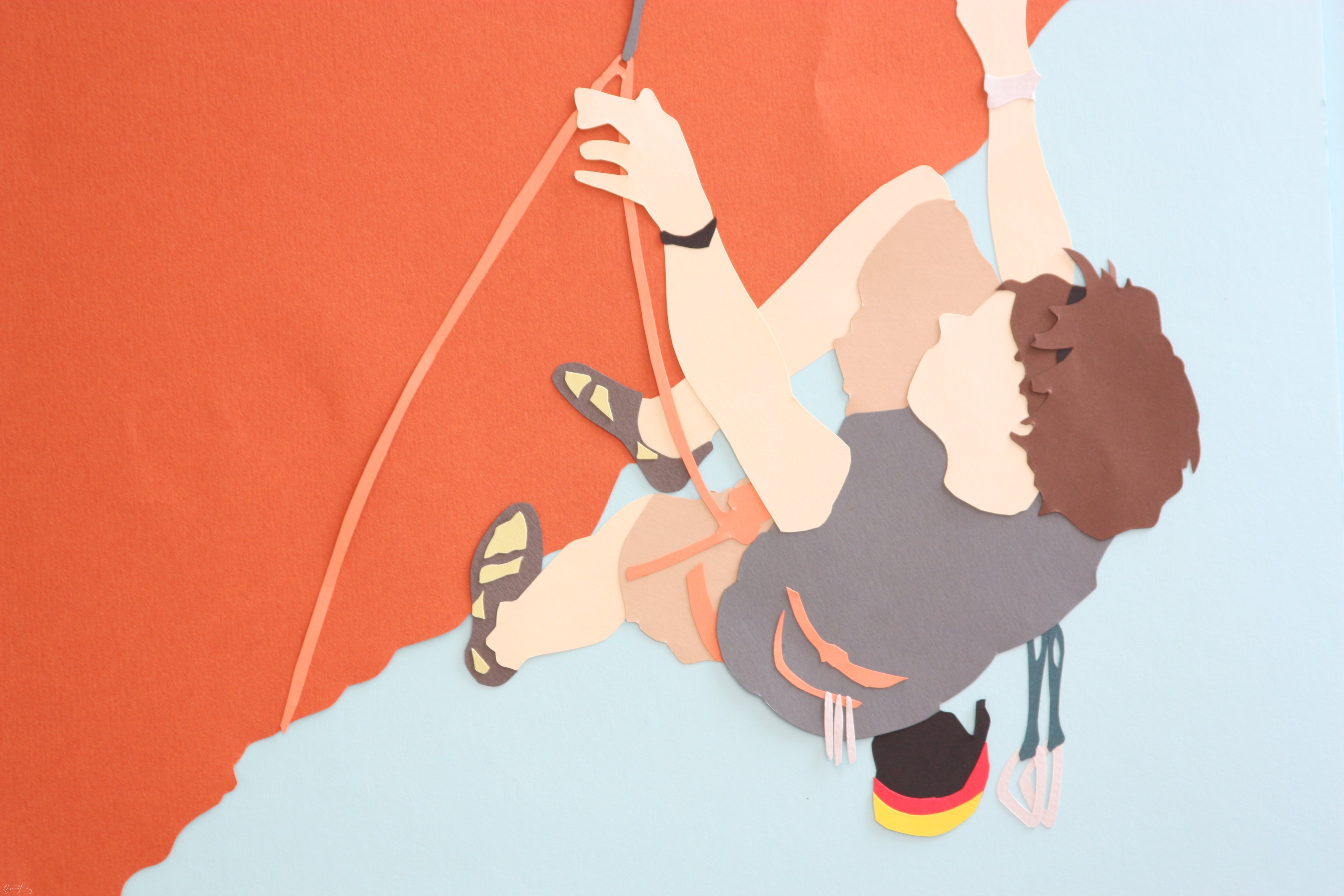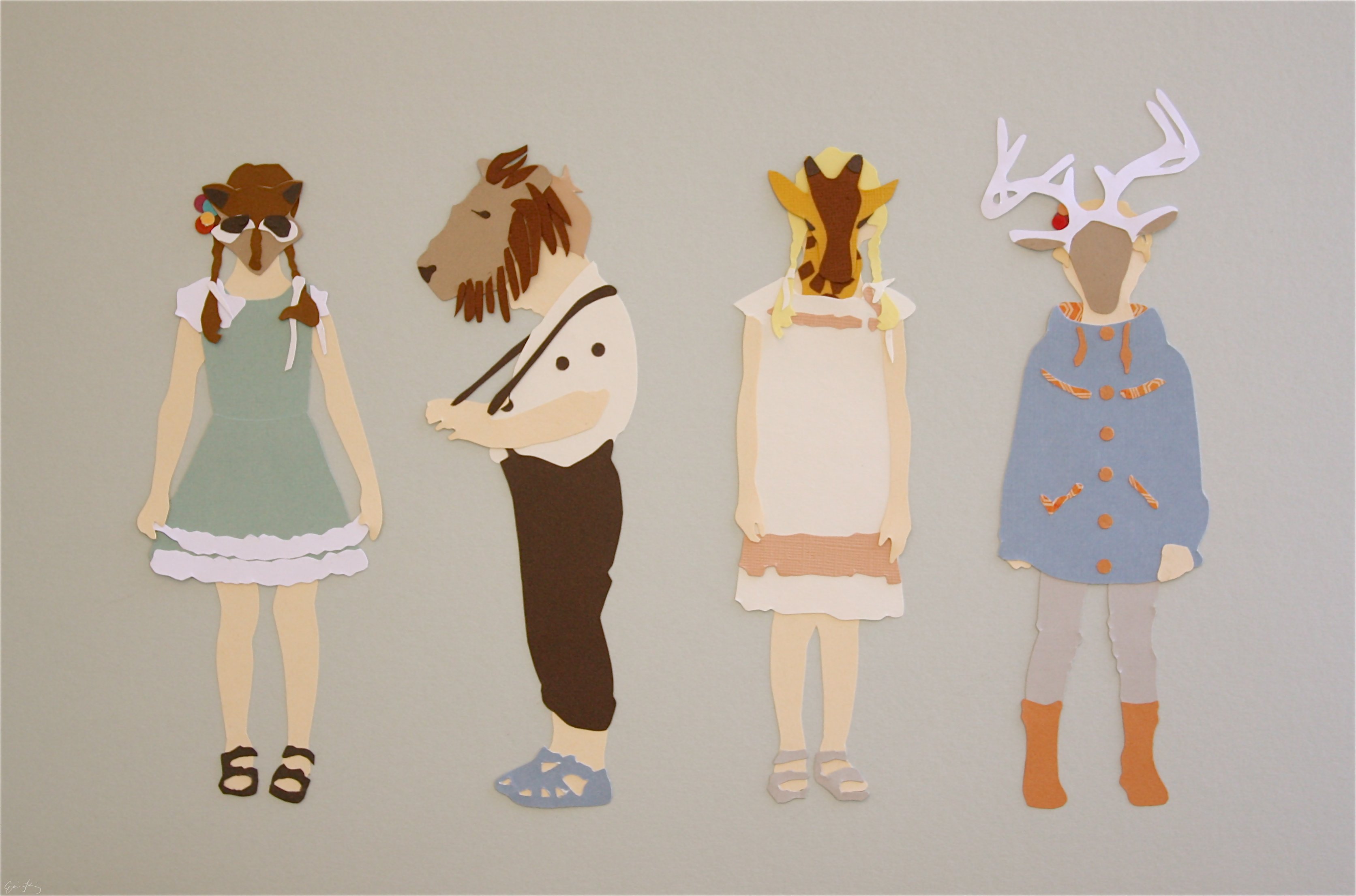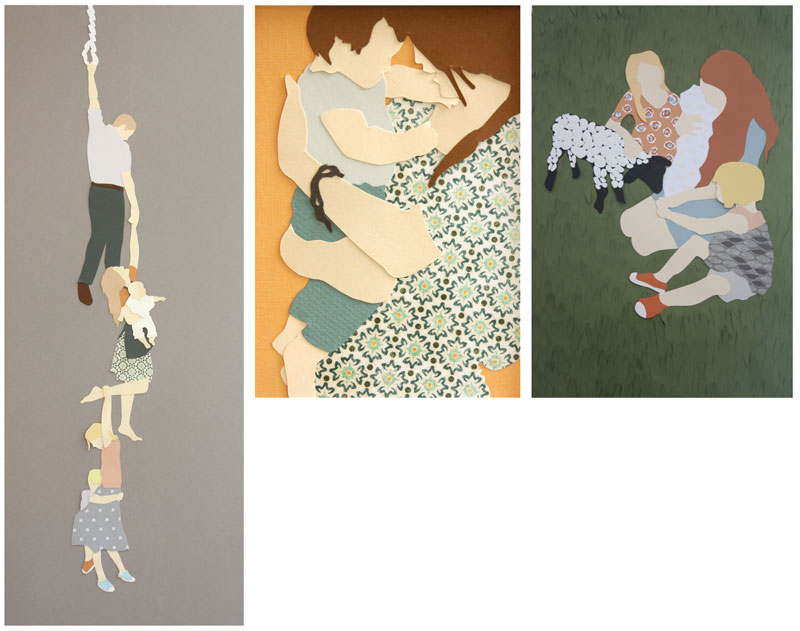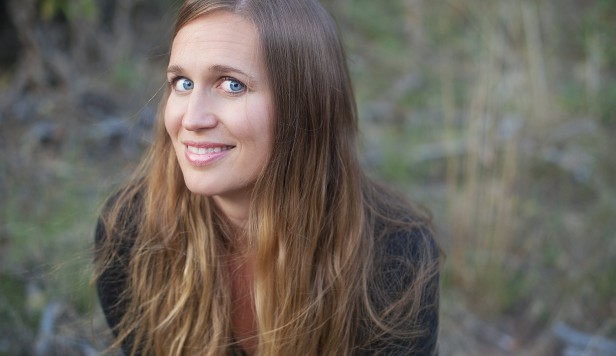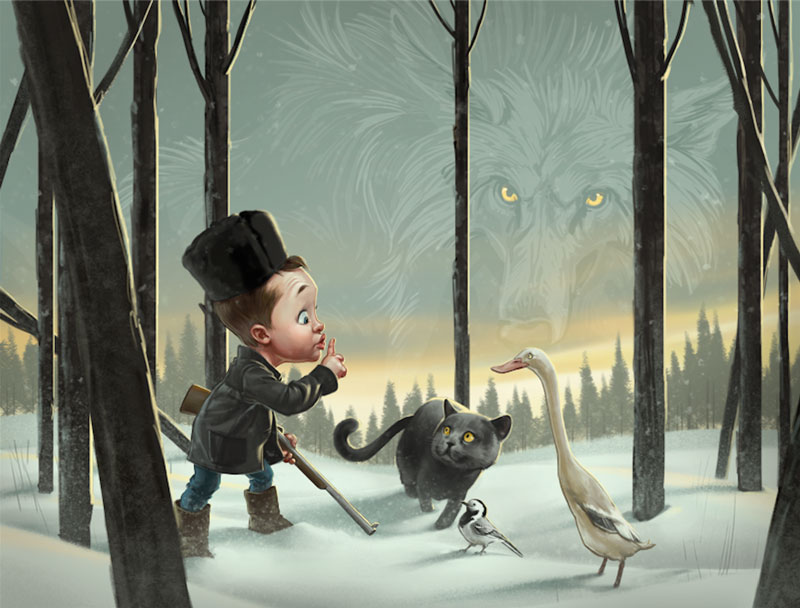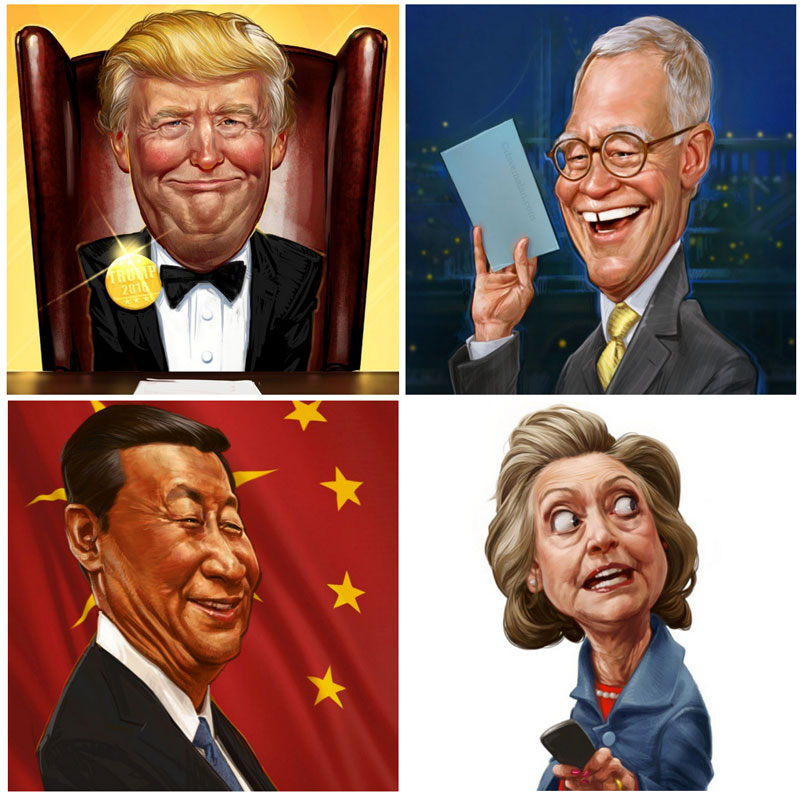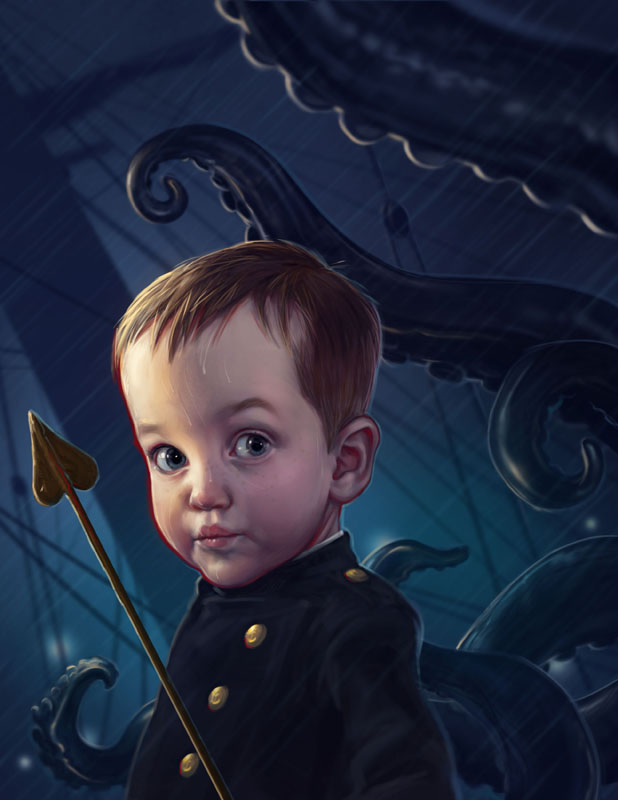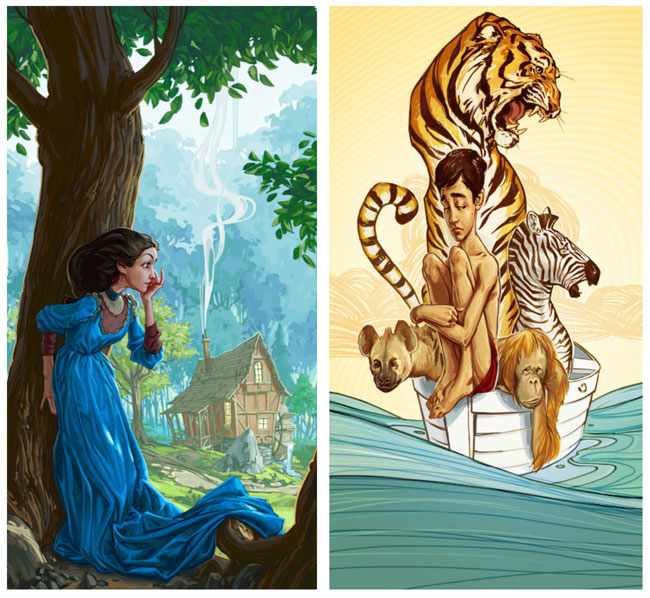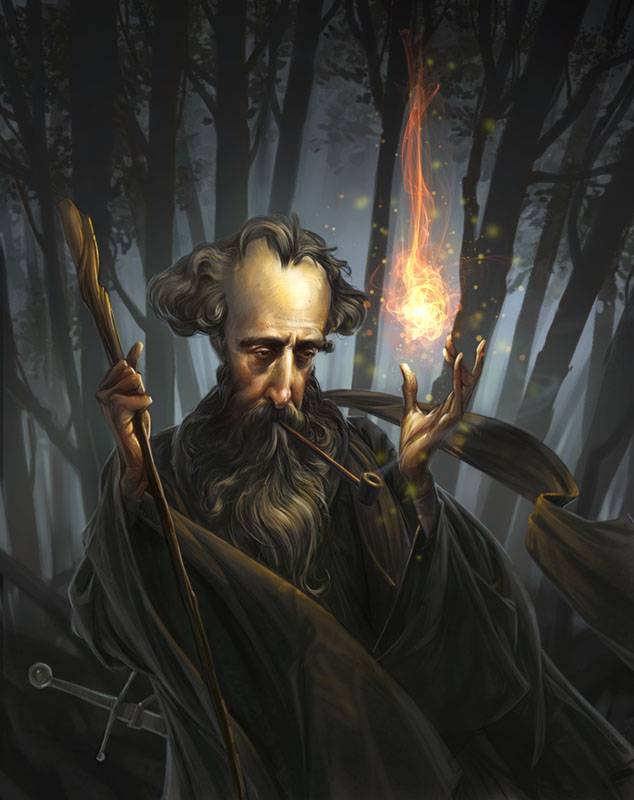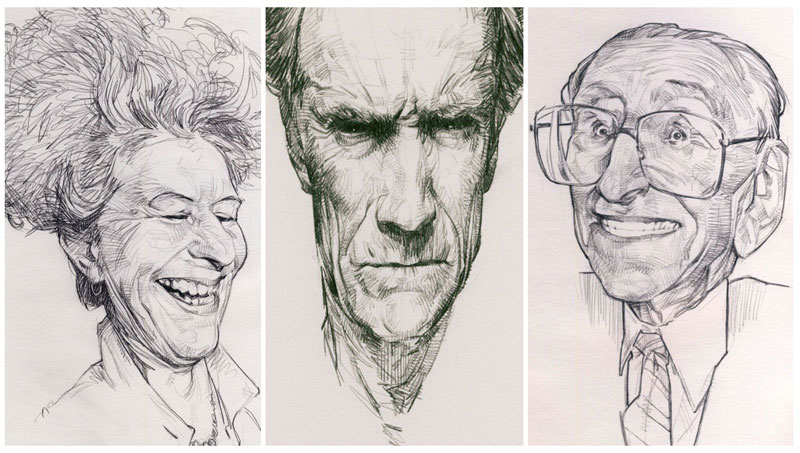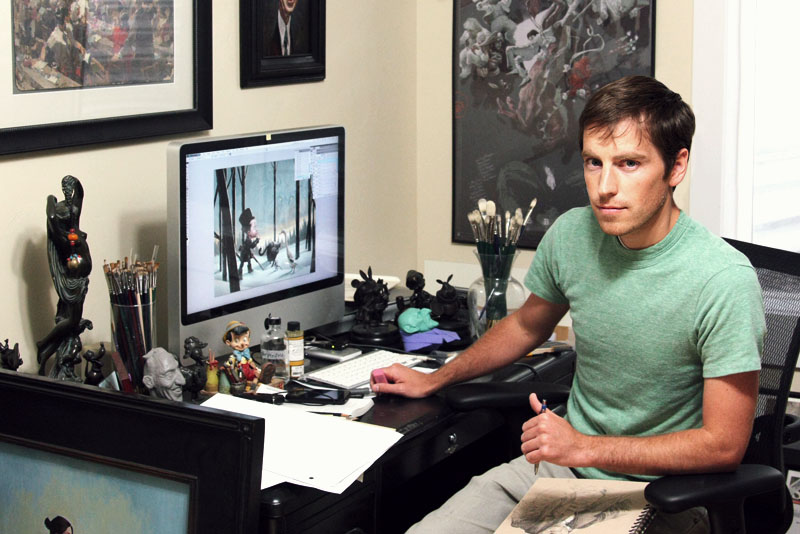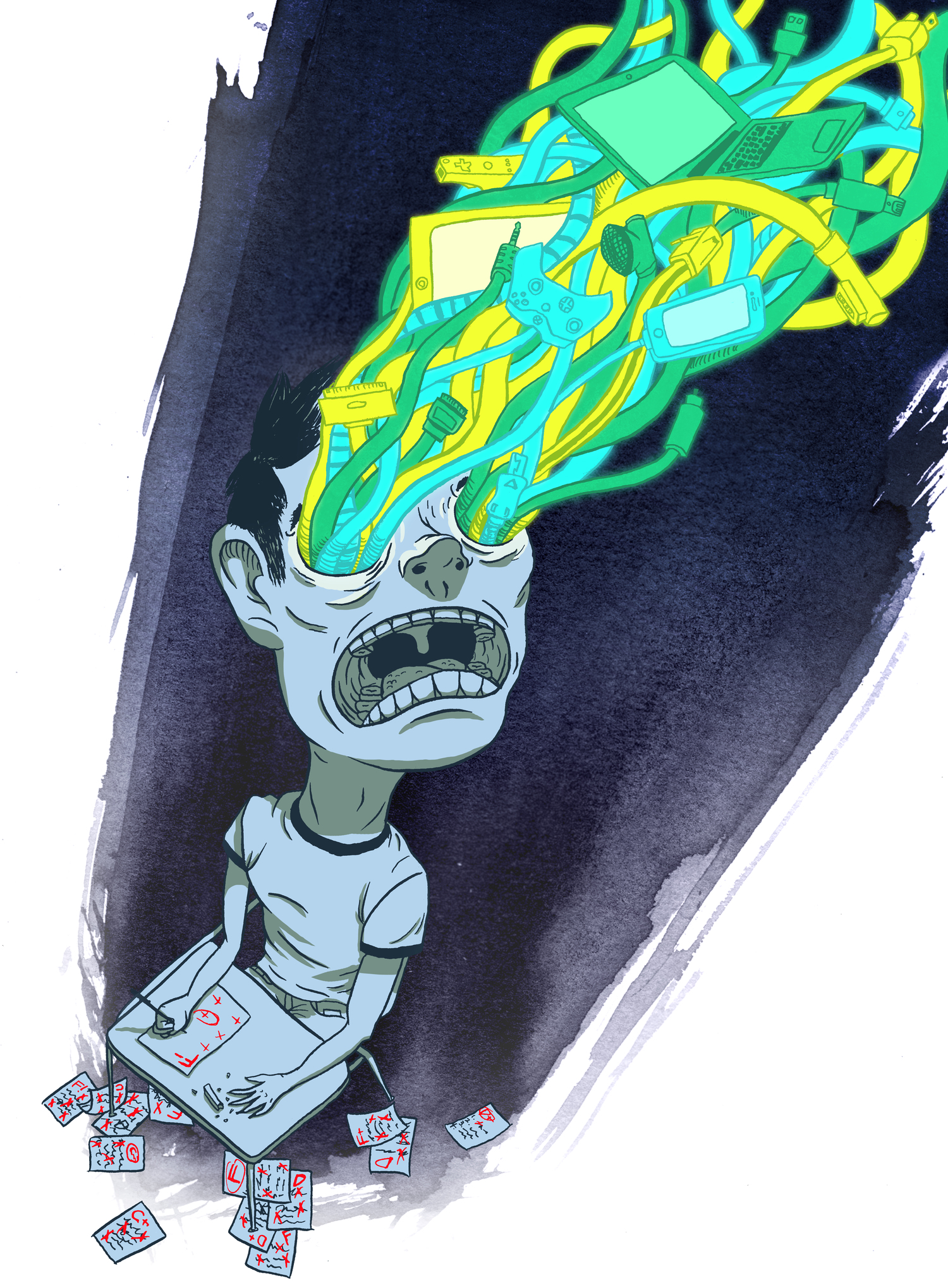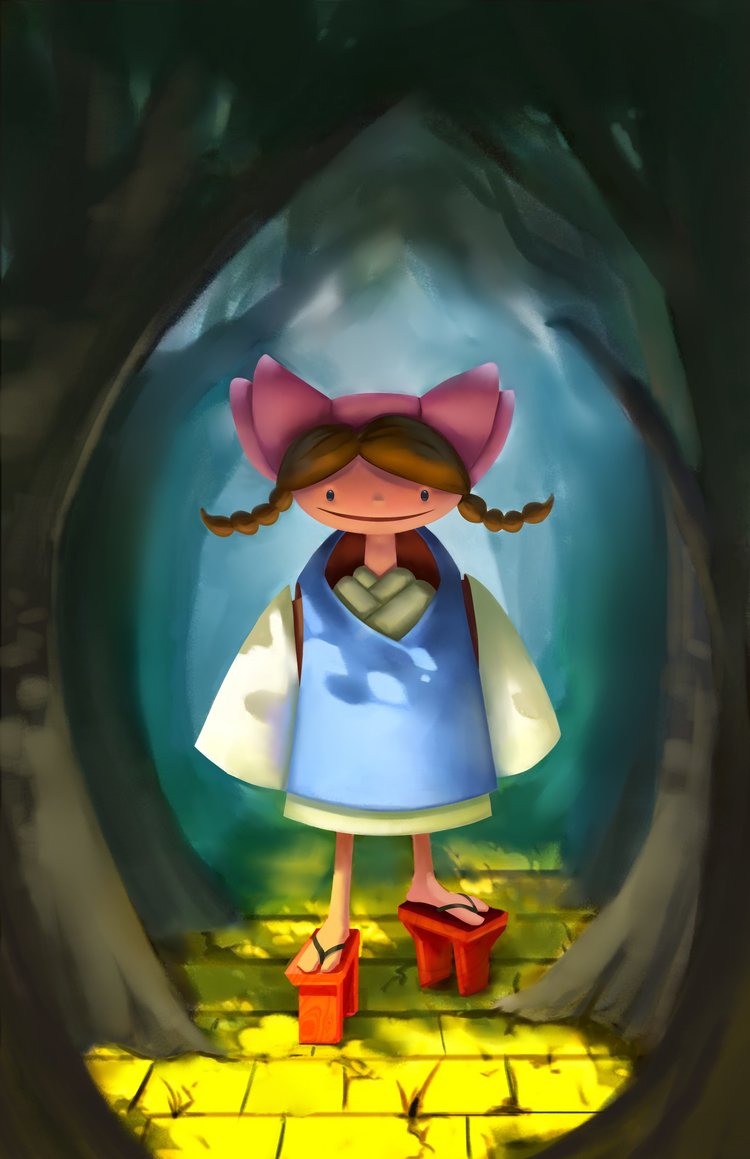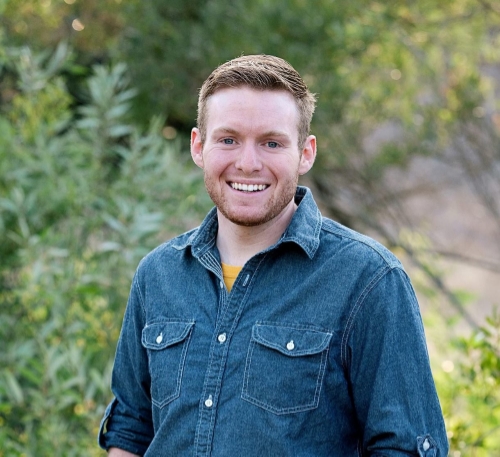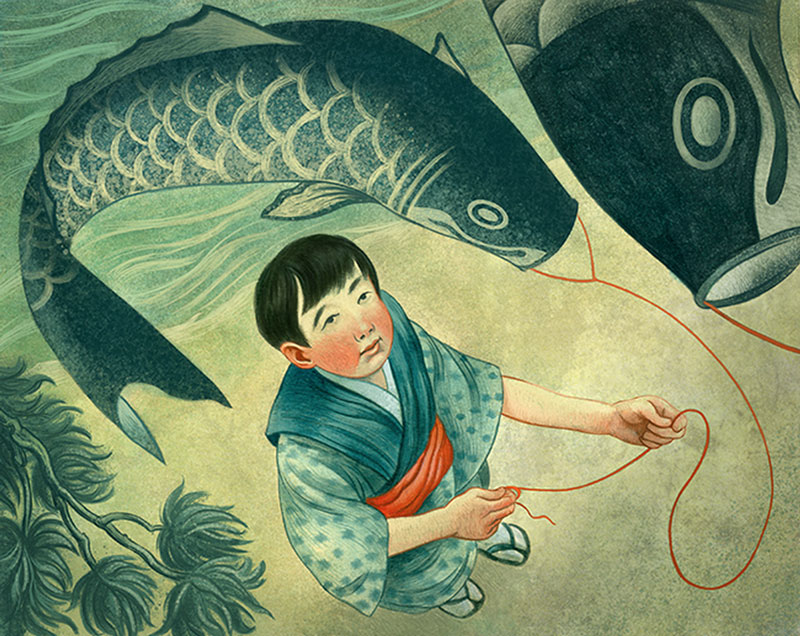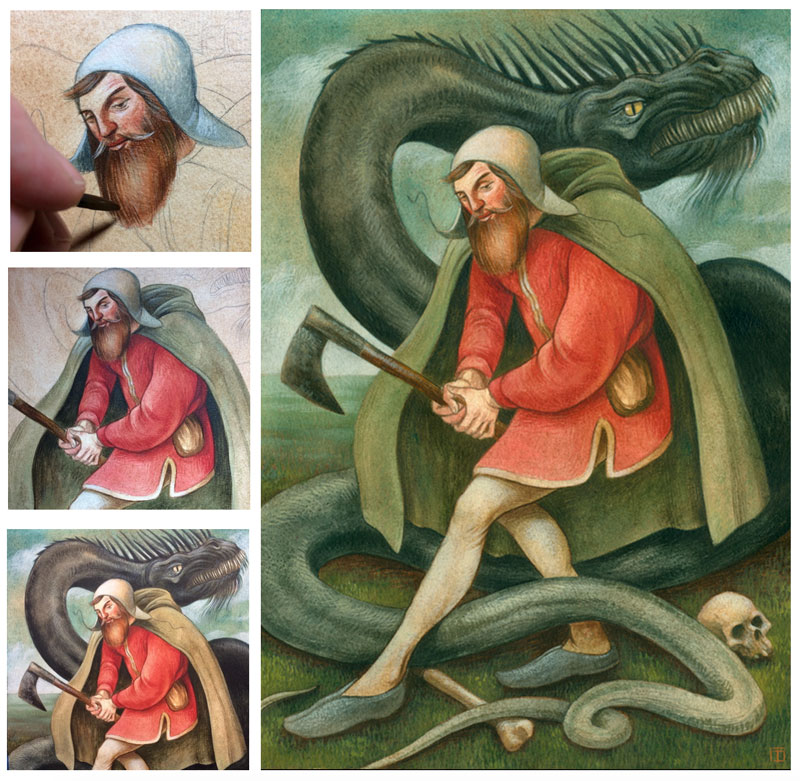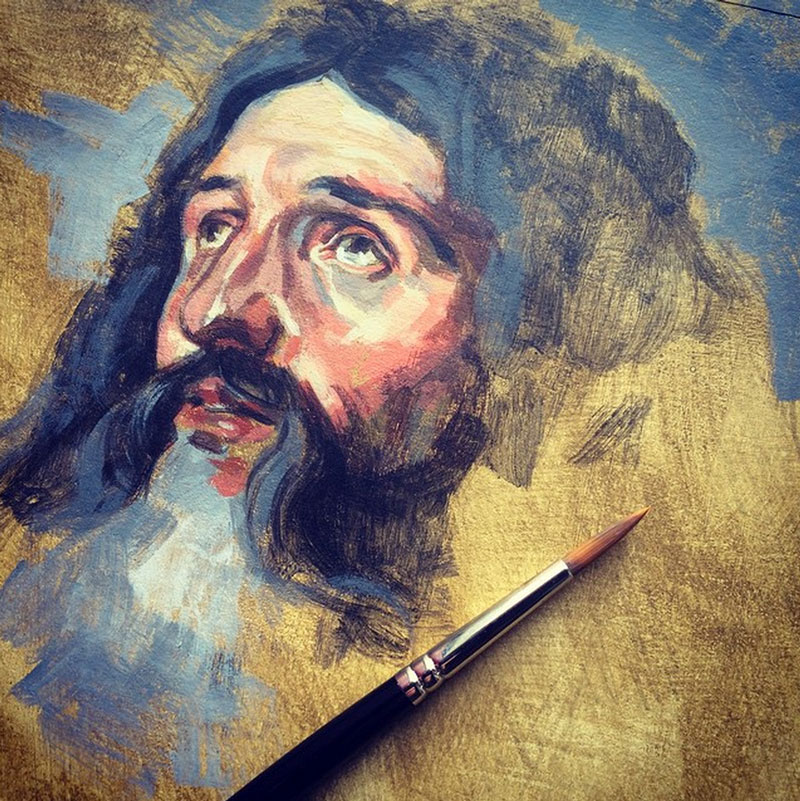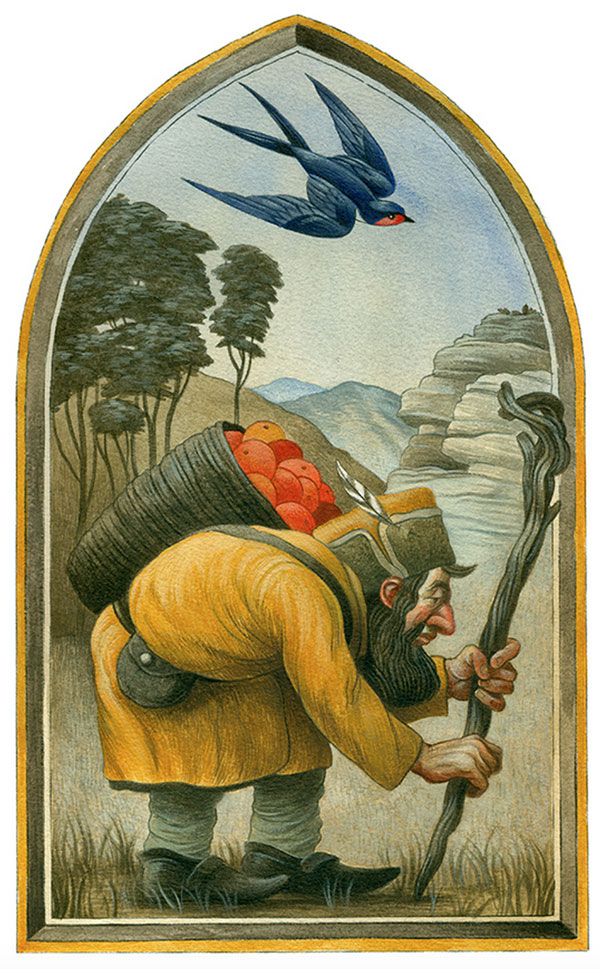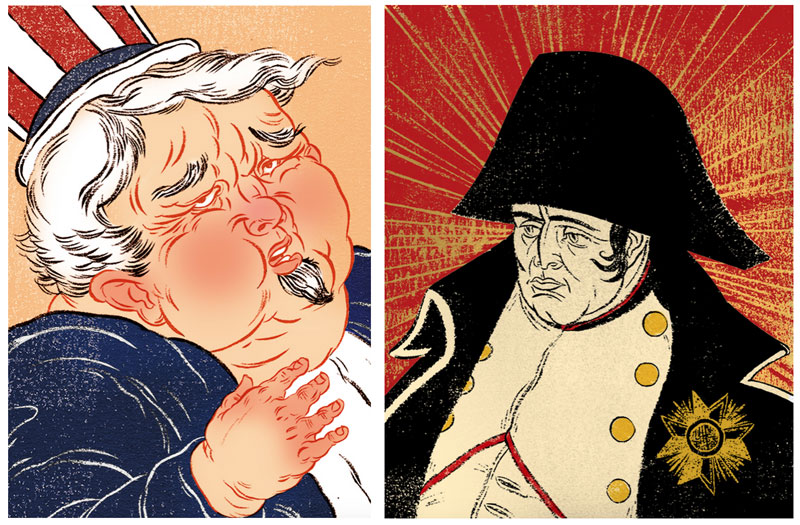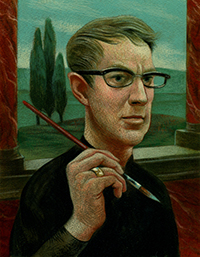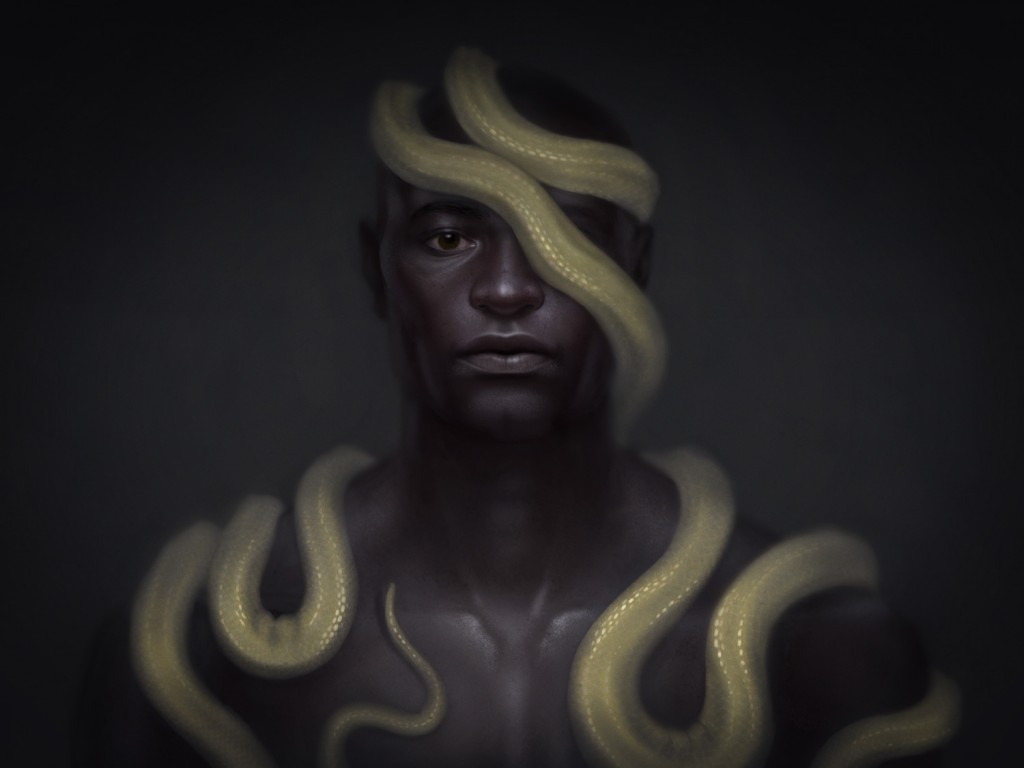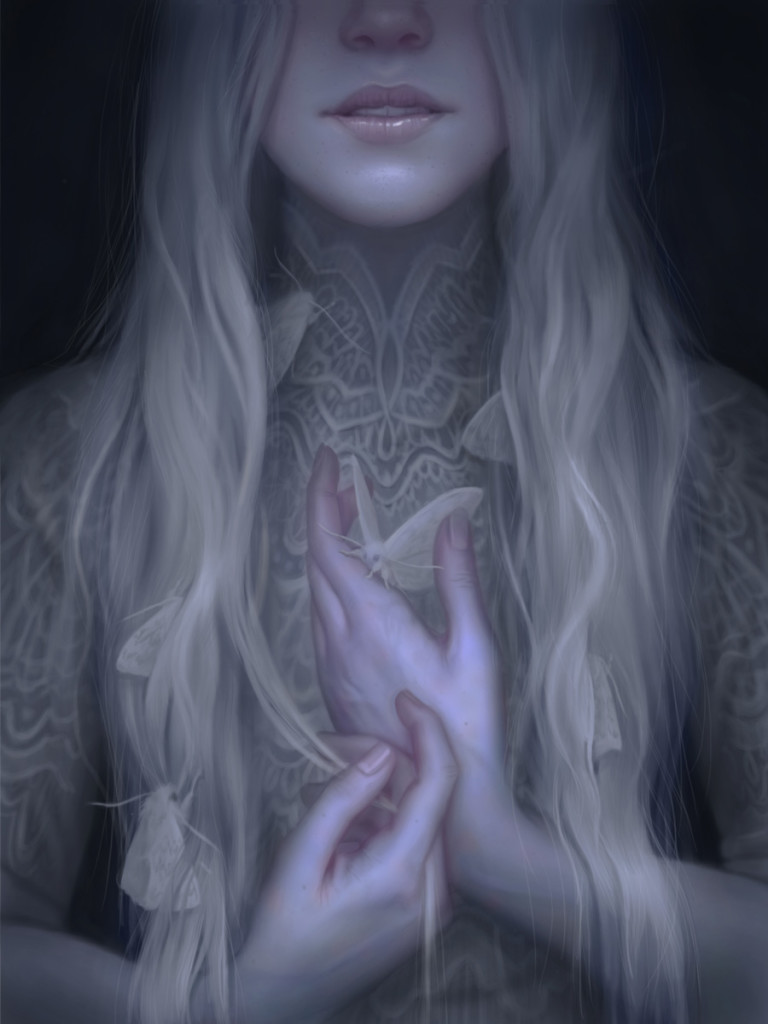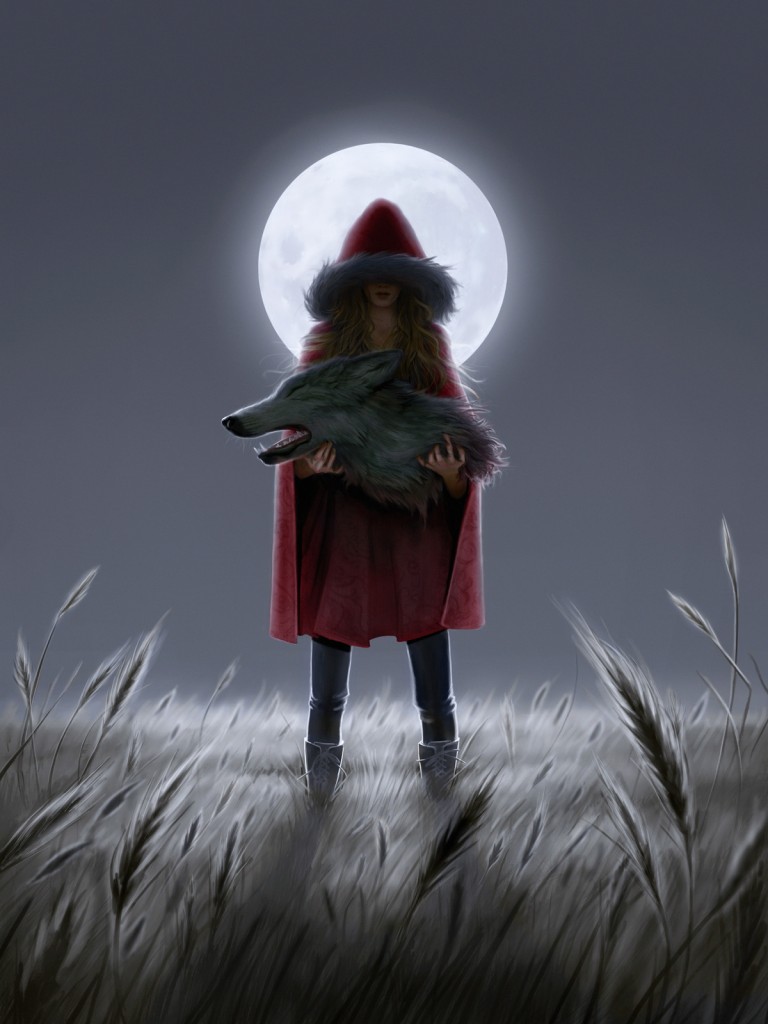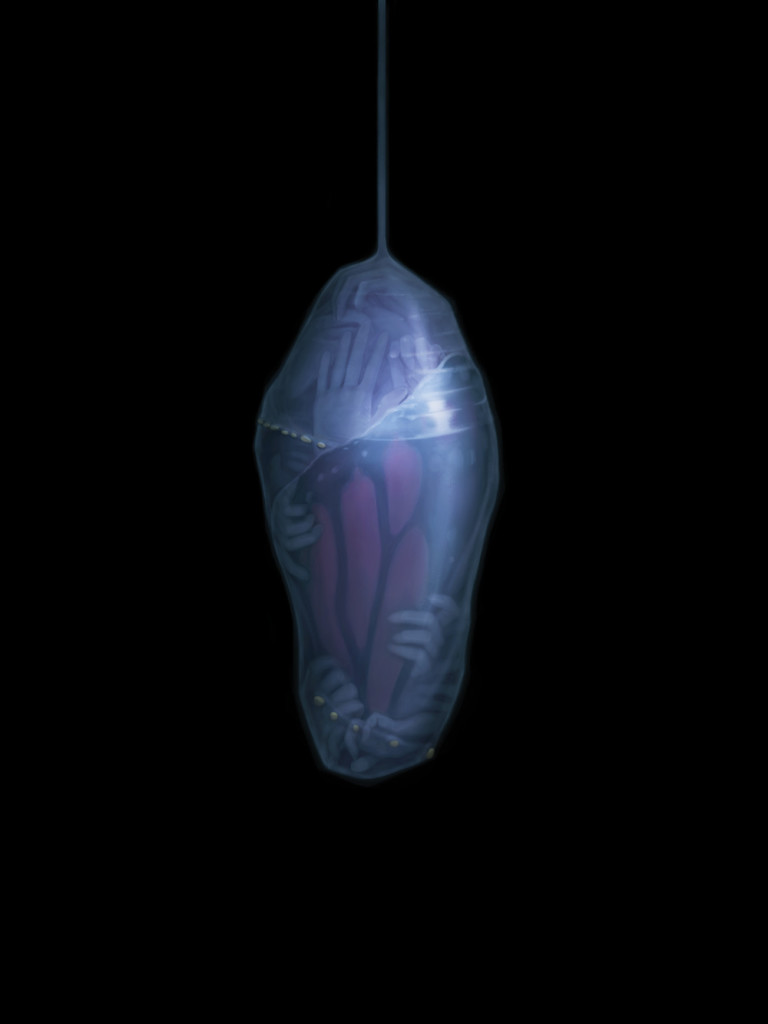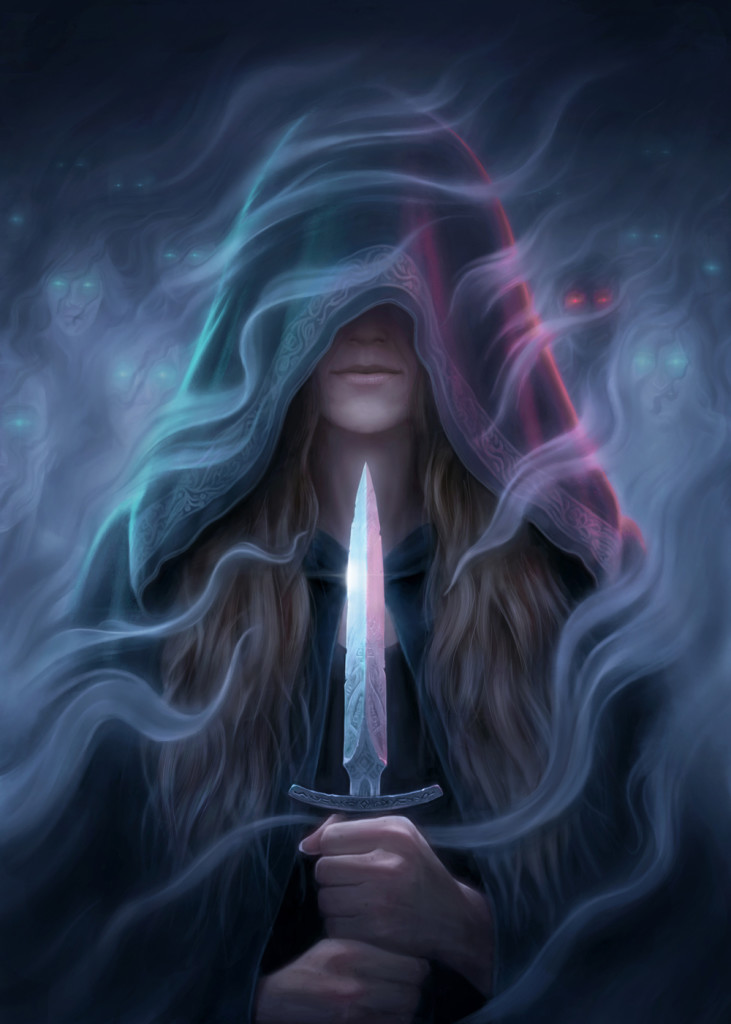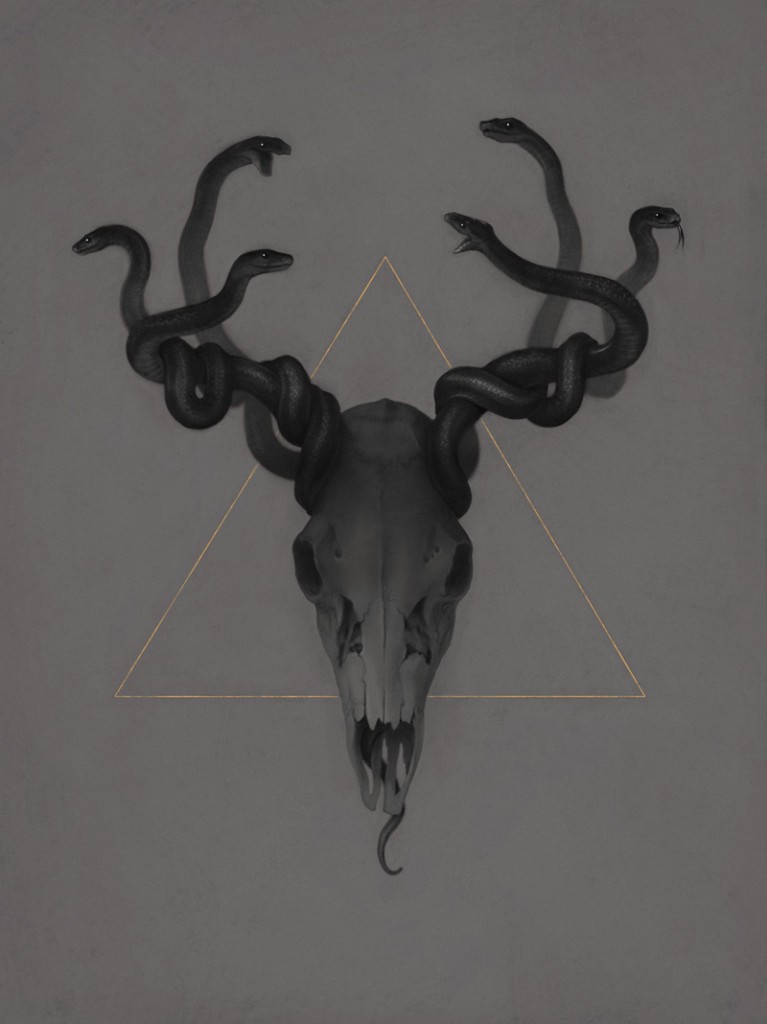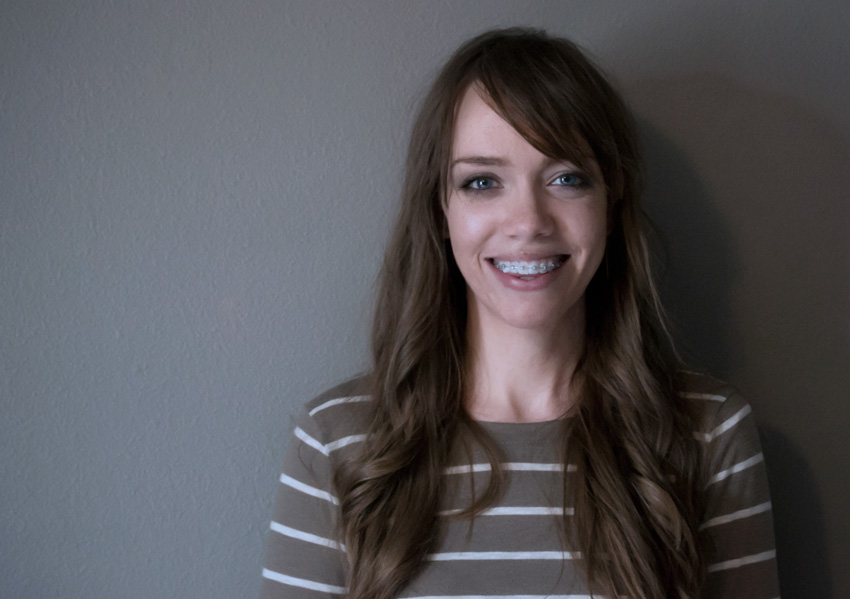Emily King is a fantastic painter, illustrator, and cut paper artist. She, “has a unique way of scaling things down to their most simple beautiful form and at the same time conveying an emotion in an incredibly descriptive way.” She received a BFA from the University of Utah and currently lives in Utah with her husband and three children.
When you have an image in mind, what governs whether you work in oils, illustration, or paper cutouts? Usually when I am working conceptually with an image in mind I do the piece almost always in cut paper, sketched out first. I am always drawing either in my sketchbook, just for practice or at the beginning of anything I do in paper. It’s hard for me right now to get a lot of painting time in. So many of my projects lately have been with paper that I really have to schedule time to paint even though I love painting as well. I do hope to paint more as my kids get older but I don’t think I’ll ever leave paper.
You like ‘scaling things down to their most simple beautiful form’. Yes, I think when working in paper I realized that I actually really love how limiting it can be. In the beginning it forces me to only work in flat shapes and color. I can abstract and manipulate the world I am creating within each piece and still convey a strong figurative concept I intend the viewer to pick up on. It’s not so literal which I think can sometimes make the message linger more.
You and I both love Minerva Teichert. She famously was not appreciated in her own time. How can we appreciate and support the arts more as a Church. Minerva was so amazing, she kept creating even when she couldn’t sell anything and left this incredible visual legacy of our faith. Her story and work is really inspiring. Now I think it’s easy, just buy everything artists make! Ha, ha, all kidding aside it’s tricky, on the one hand I feel like we have had almost a renaissance within the church of talented artists finding their voice. Not only in visual art but in music and literature as well. So there is a lot of competition with so many great artists but also it seems that everyone is really connected within the community and supporting each other. I think Provo has done a really great job supporting the arts and expanding opportunity. As a result, I think the artists have really reached out to the community together and increased the interest in the arts. This seems to have created a really healthy support system that understands the value in keeping all these artists working and creating. I wish this kind of environment was stronger in other communities. It is important to remember the emerging artists within the church who are just getting their footing and to provide them the support and context to be successful, this benefits everybody. People probably don’t realize how difficult it is to be an artist, there is a lot of ground work and rejection that usually happens and it’s a very vulnerable and trying profession. Creative potential and art is lost without sustainability. Financial support and relational networks enable artists to more fully realize their creative potential.
Your mother was an artist. You are an artist. How are you cultivating art with your own children? This is a big one for me because more than anything I want my children to be able to think and act creatively. In whatever career they choose or path they take I think this is essential for their success, fulfillment and well-being. I worry that our current education system has gotten too focused on tests and scores and that it has actually become counter-intuitive to instilling or even developing the creativity each child has. I started a small voluntary based art program at my children’s elementary school and it is in its 5th year. It isn’t much, but it’s something. I have also become more involved by serving with some other creative professionals on a committee of the State of Utah to try and put the arts back into the education system. This opportunity has helped me realize that there are a lot of amazing people working really hard for our kids and they need support and help. We still have a long road ahead of us to get art back in each school. I also try to give my kids as much free play as possible with no lessons or structure, just literally send them outside and let them create their own worlds, ask questions, solve their own fights and make things. I think this is the single biggest thing we can do to keep our kids creatively thinking, let them decide how they want to create and play.
What are you working on next? I just finished illustrating my first book, which was exciting, and exhausting, the book comes out this fall. I have just started a few private commissions and one commission for BYU. I’m also creating a couple of things to submit for future shows. I am hoping this year to find more experimental studio time to try new things and see if I can build upon what I already do in paper.
